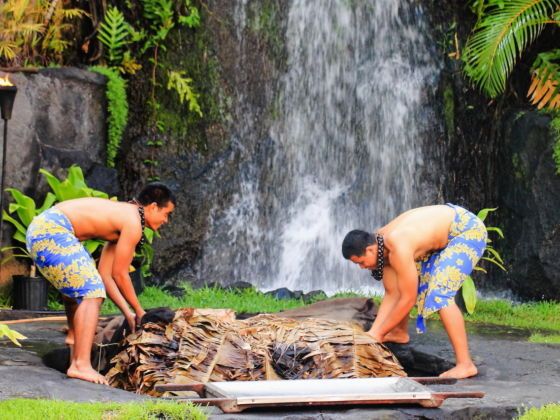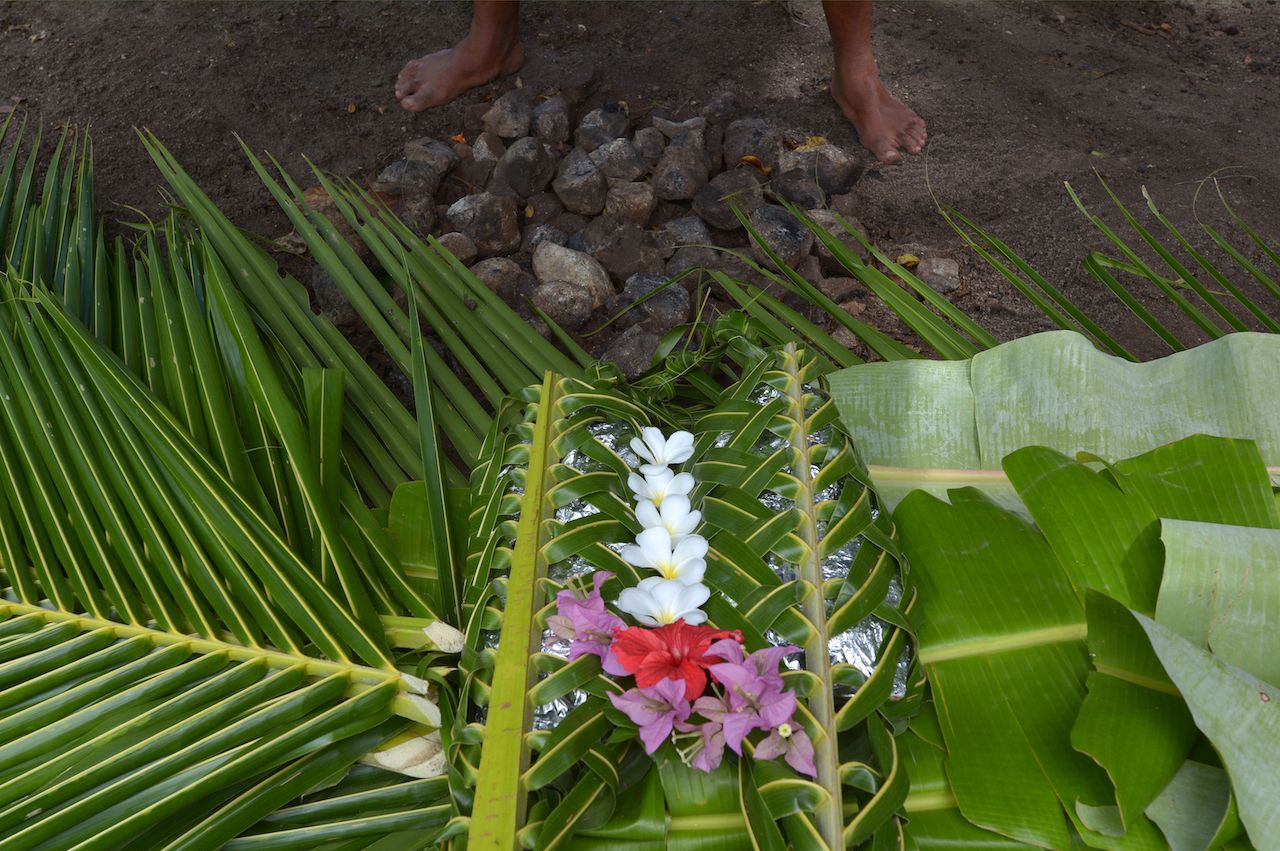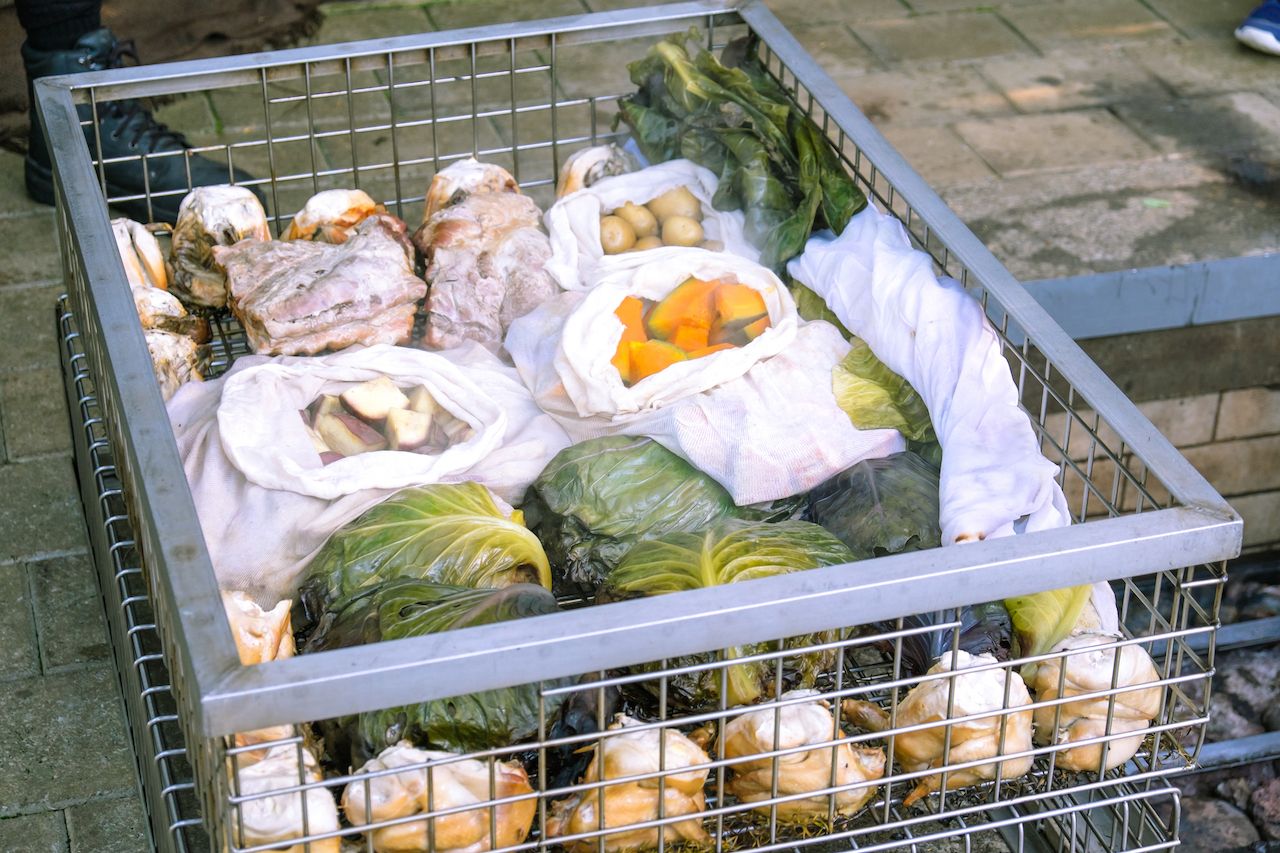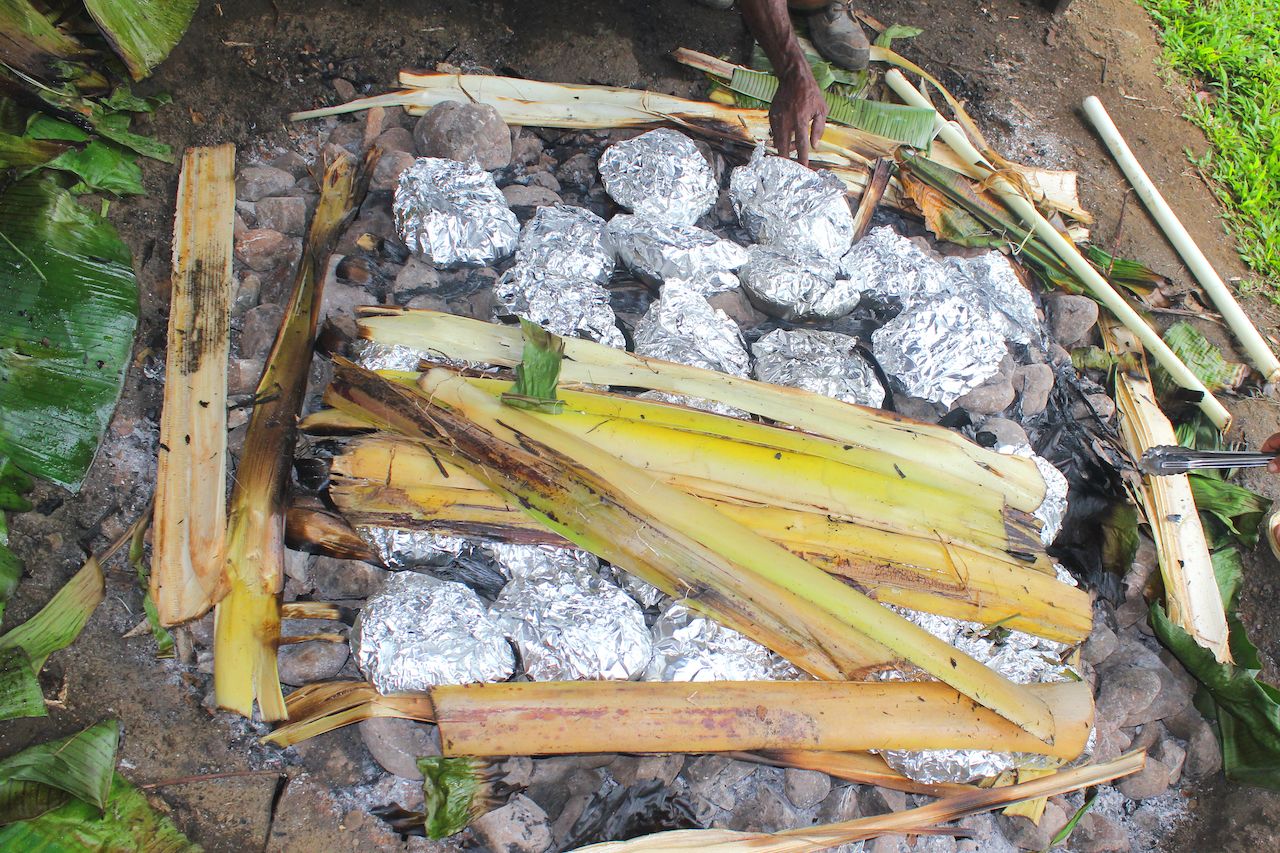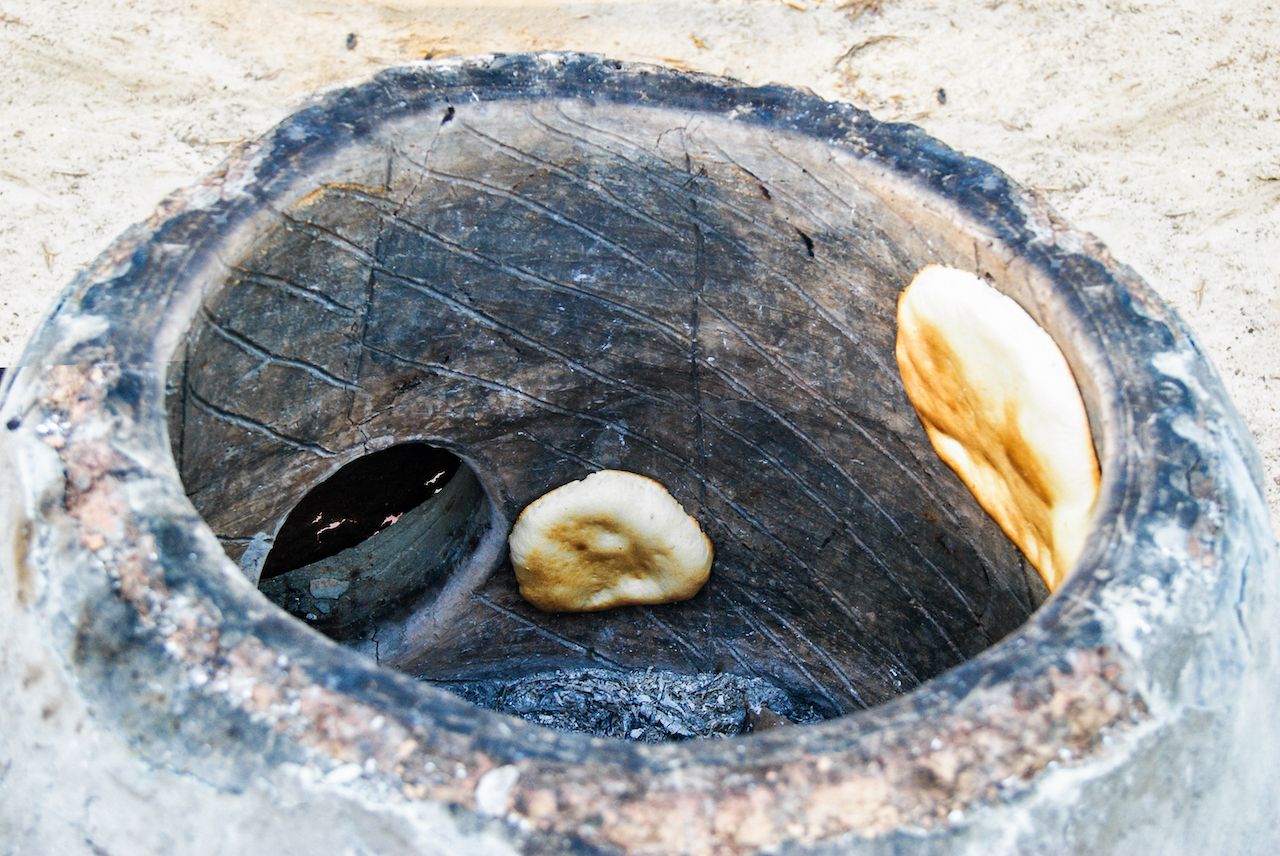Barbecue is about the closest thing that humans have to a universal cooking style. In countries around the world, people barbecue meat and vegetables over fire. Each method is slightly different — the Chilean asado has the meat spread upright against a large open fire, for example, while Japanese yakitori uses narrow charcoal grills. And then there’s the style that’s among the oldest and most traditional: barbecue done in an underground pit.
Pit barbecue is especially prevalent in countries in the South Pacific, but historic styles can be found in other parts of the world as well. Some are rare to come by beyond special occasions, like the New England clam bake, which comes from a Native American cooking style of baking seafood in a charcoal-and-seaweed-filled hole on the beach. Other types of pit barbecue, however, thrive year round.
These are the underground barbecue styles from around the world to keep on your bucket list.
